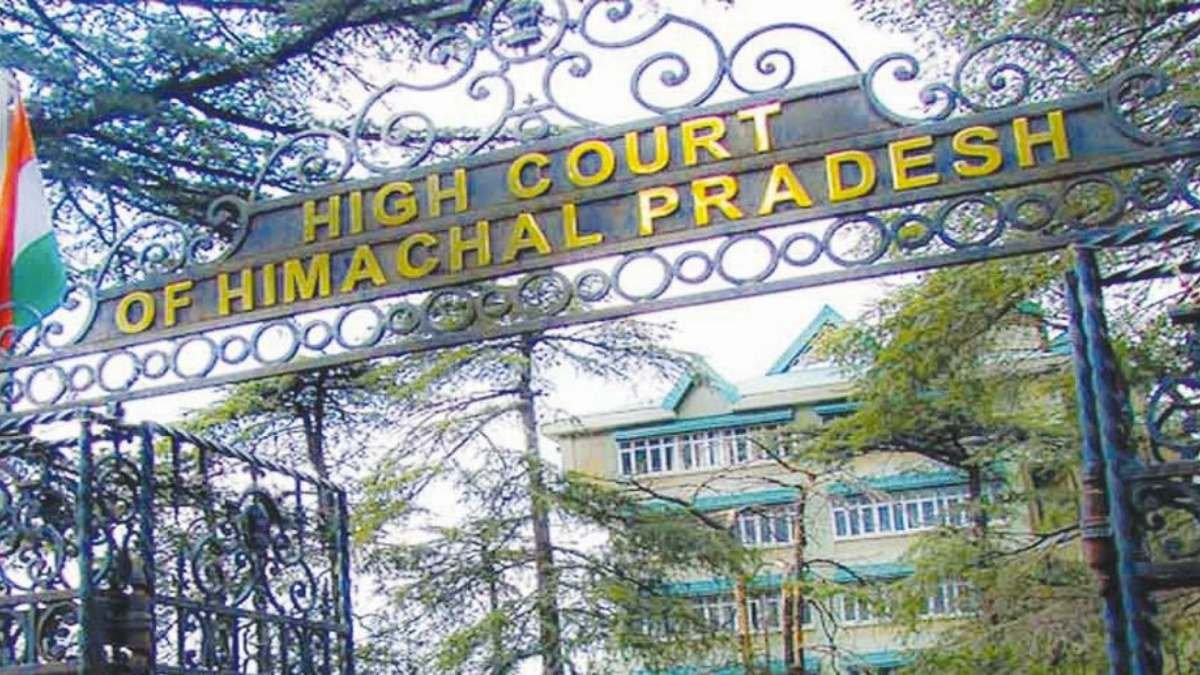Shimla: Himachal Pradesh is experiencing an unusual rise in temperatures this September as the state witnesses clear sky for the past three days amid withdrawal of monsoon. This weather pattern has led to a significant rise in temperatures across the state, with some areas witnessing an increase of over 9 degrees Celsius from normal levels.
According to the Indian Meteorological Department (IMD), the average maximum temperature in Himachal has surged by 3.2 degrees Celsius above the seasonal norm. Keylong, in particular, has recorded the most significant rise, with temperatures soaring by 9.3 degrees to reach 27.3 degrees Celsius.
Shimla has also seen its temperature climb by 2.9 degrees, now standing at around 26 degrees Celsius. Other areas, such as Una and Bilaspur, have similarly experienced sharp temperature rises, with Una reaching 36.2 degrees Celsius and Bilaspur hitting 35.1 degrees Celsius.
Also Read : https://thenewzradar.com/as-himachal-govt-firefights-mosque-dispute-pwd-minister-vikramaditya-calls-for-changes-in-waqf-board-laws/
The IMD attributes this unseasonal heat to the prolonged sunshine, as the state has been largely free of clouds and rainfall over the past week. The weather department forecasts that this warm spell will continue for the next two days, with sunny skies expected today and tomorrow.
Western disturbance to bring relief
However, relief may soon be on the way as a western disturbance (WD) is expected to become active in Himachal Pradesh after two days. This weather system is likely to bring widespread rain across the state on September 25 and 26. In anticipation of this, the IMD has issued a yellow alert for eight districts on Wednesday and 10 districts on Thursday, warning of potential heavy rainfall.
Below-Normal rainfall sparks concerns
The current heatwave comes on the back of a largely deficient monsoon season. Himachal Pradesh has received 19 per cent less rainfall than normal this year. From June 1 to September 22, the state typically records 711.4 mm of rainfall, but this year only 573.8 mm has been received.
This shortfall in rainfall has led to drought-like conditions in several districts. Over the past week, the state has received 48 per cent less rainfall than the usual 21.8 mm for the period from September 15 to 22, with only 11.3 mm recorded. Kangra has been the hardest hit, with rainfall 91 per cent below normal levels. Similarly, Kullu and Lahaul-Spiti have each received 66 per cent less rainfall than usual.
Impact on agriculture, water resources
The combination of soaring temperatures and insufficient rainfall has raised concerns about the impact on agriculture and water resources in the region. Farmers in several districts are already grappling with the effects of the drought and the continued dry conditions could worsen the situation.
The IMD’s forecast of rain later this week offers some hope, but the state will need consistent rainfall in the coming days to alleviate the drought conditions and restore balance to the water levels, said a weather department official.





